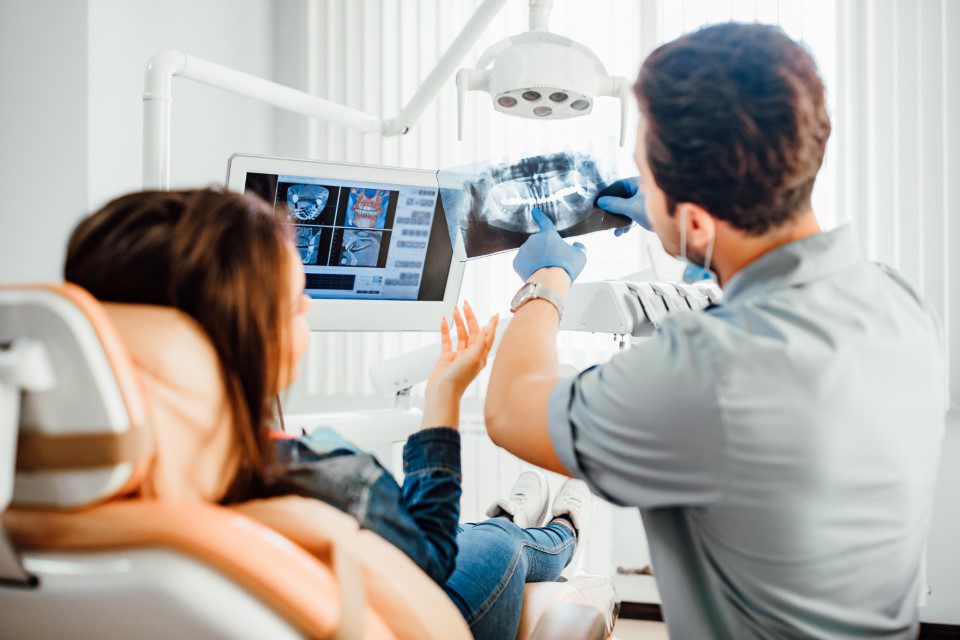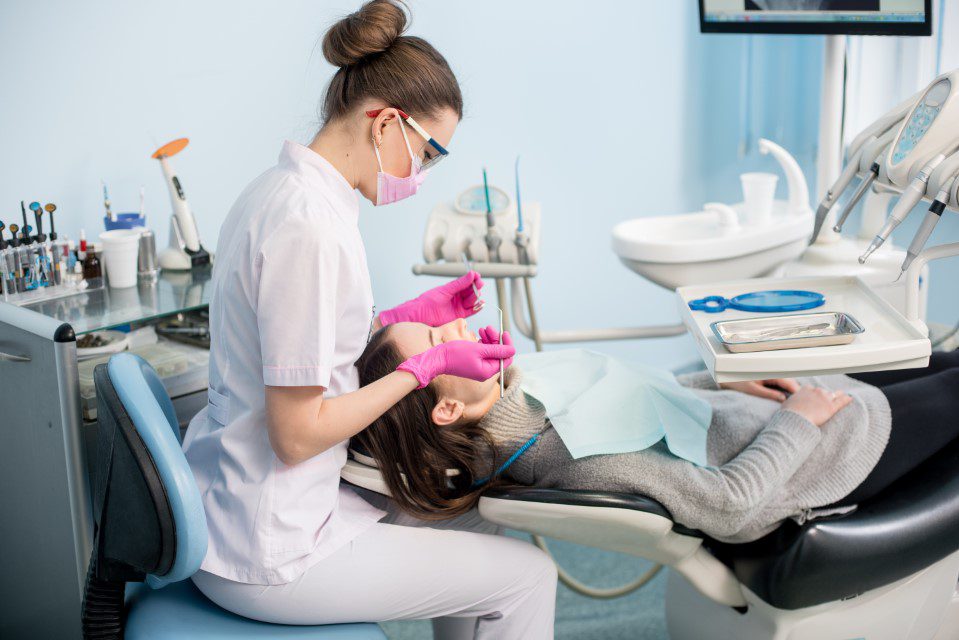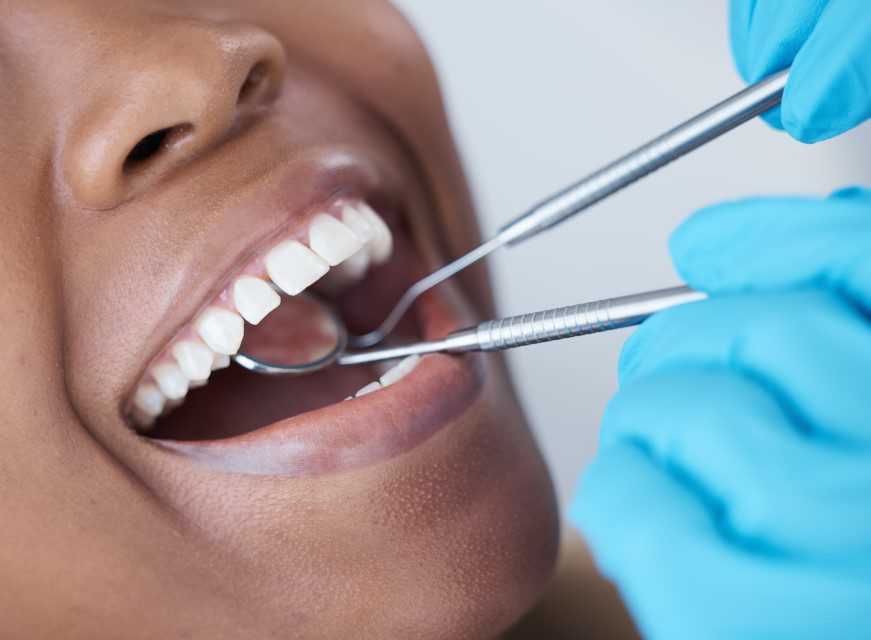While visiting the dentist isn’t usually on the top of someone’s list of favourite things to do, it is an important part of maintaining good oral hygiene and keeping your teeth cavity-free. If you do find yourself with cavities, however, the good news is that the process of getting them fixed is straight forward and won’t take too much time away from the rest of your day. But exactly how long does it take to fill a cavity? You’ve come to the right place.
We’ve broken down the step-by-step process of having a cavity filled so you can relax knowing that in most cases, it will take no time at all!

How Long Does Filling a Cavity Take?
Fillings are made of a tooth-coloured composite resin, that is used to fill any holes in your tooth caused by the cavity, or tooth decay. The filling will help to fill the spaces created by the decay and will protect the tooth from further damage. In general, most cavities take less than an hour to be filled, depending on the severity. In some cases, it could take as little as twenty minutes to have a cavity filled, leaving you with plenty of time in your day to tackle whatever else is on your to-do list.

What to Expect When Having a Cavity Filled
It’s natural to be nervous about having a cavity filled, especially if you haven’t had one done in the past. The good news is that it is generally a painless procedure. After your dentist performs an oral exam and determines that you have a cavity that needs to be filled, they may take an x-ray to get a better idea of the extent of the tooth decay. From there, they will administer a local anesthetic that will help numb the area so you don’t feel any pain. Once the area is numb, your dentist will use a dental drill to drill through the tooth enamel and remove the decay. Then, they will sterilize and prep the area for the filling, which is often cured using a blue wavelength light. After polishing your tooth and checking to ensure your bite is correct, you’ll be good to go!

How to Avoid Needing a Filling
Nobody wants to have cavities, and while it isn’t possible to get rid of them without making a trip to your dentist, there are a few things you can do to help prevent cavities in the future. Visiting your dentist regularly is one of the best ways, as it allows cavities to be caught early on, which can mean a less-invasive treatment. Maintaining good oral hygiene is also important, so don’t forget to be brushing your teeth at least twice a day and floss daily. This will help to remove any built-up plaque on your teeth and will also help to dislodge any stray food particles that may have become trapped between teeth.
While having to get fillings in your teeth isn’t ideal, the good news is that you aren’t the only one who has cavities. Taking care of your teeth and visiting your dentist regularly can help reduce your chances of needing a cavity filled in the near future.

